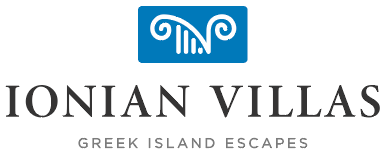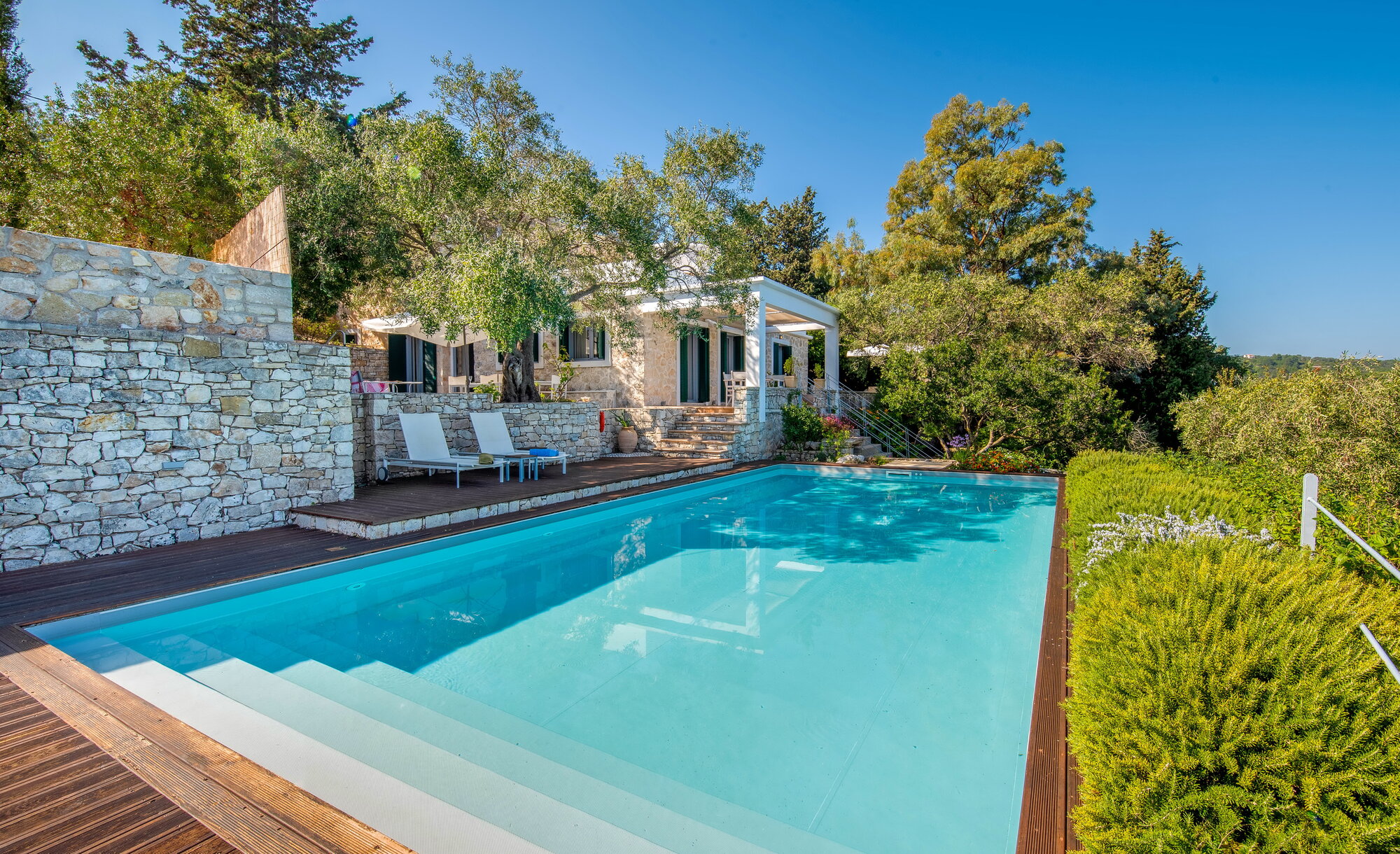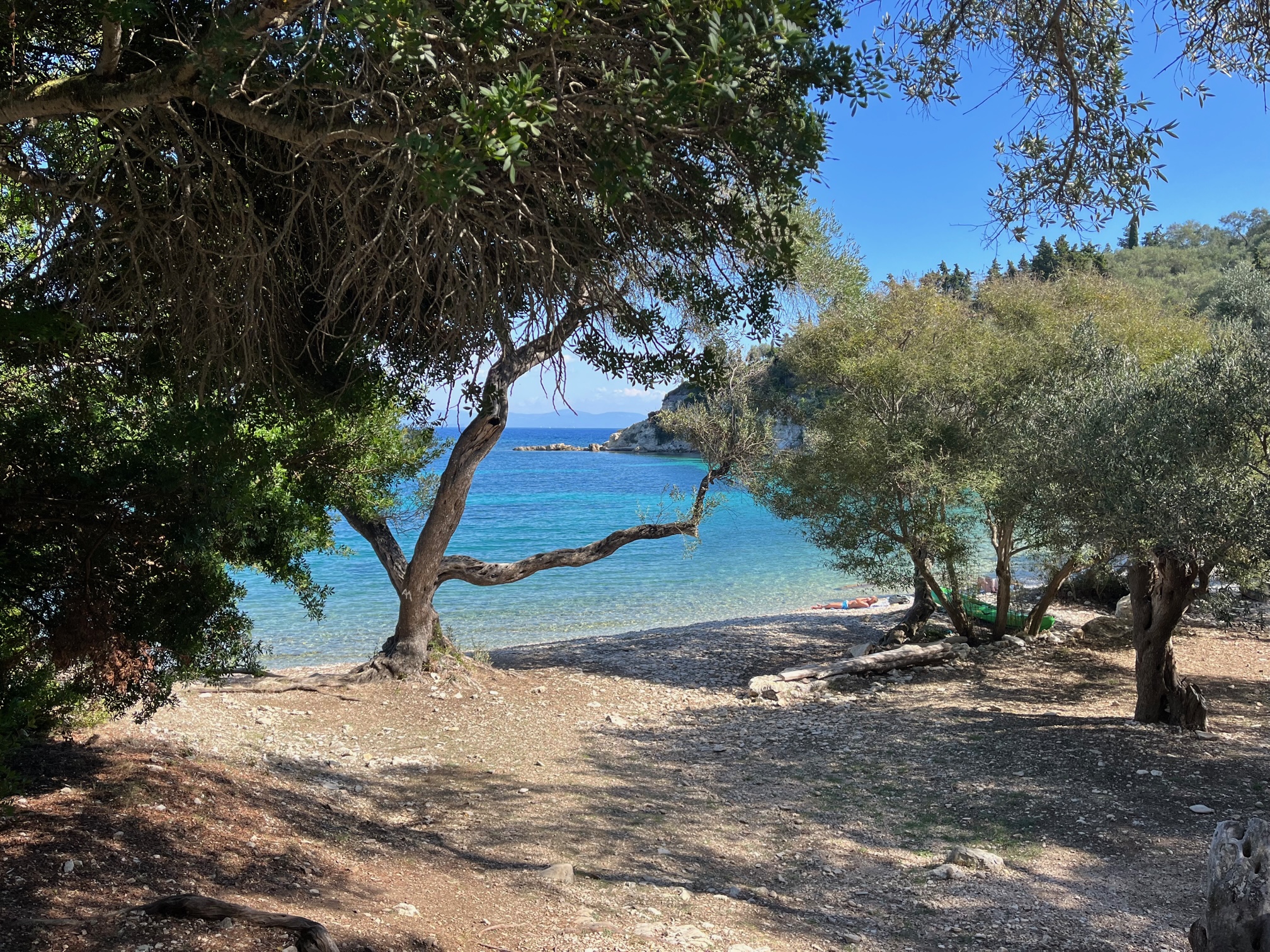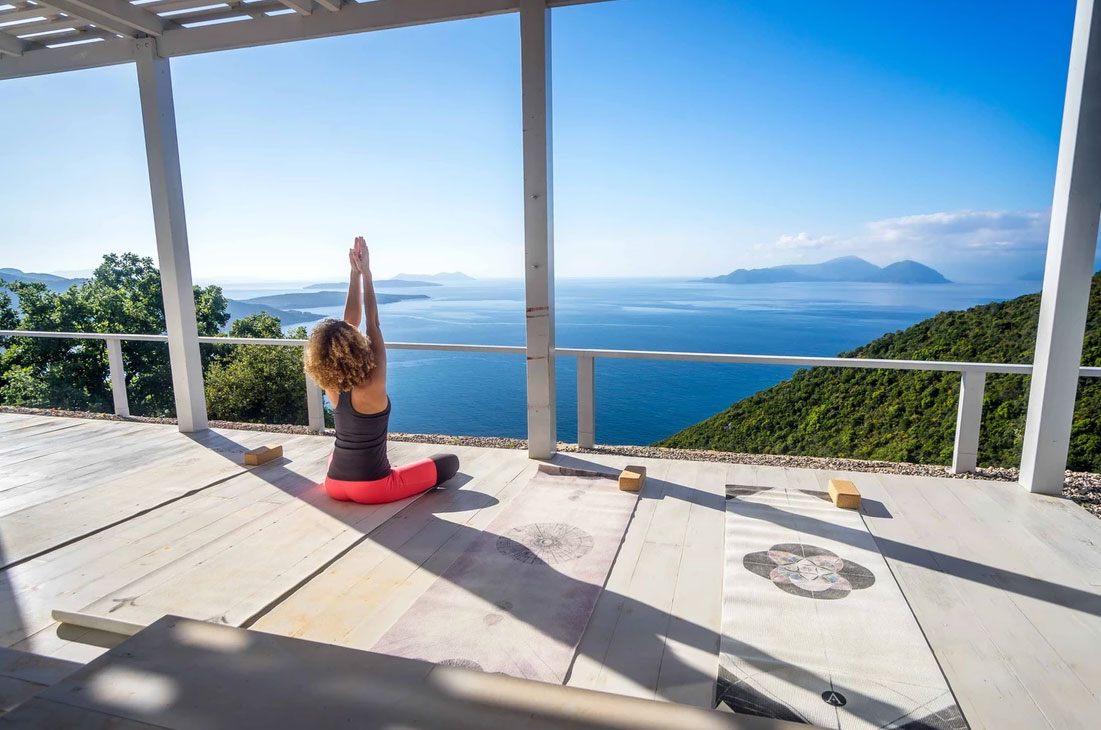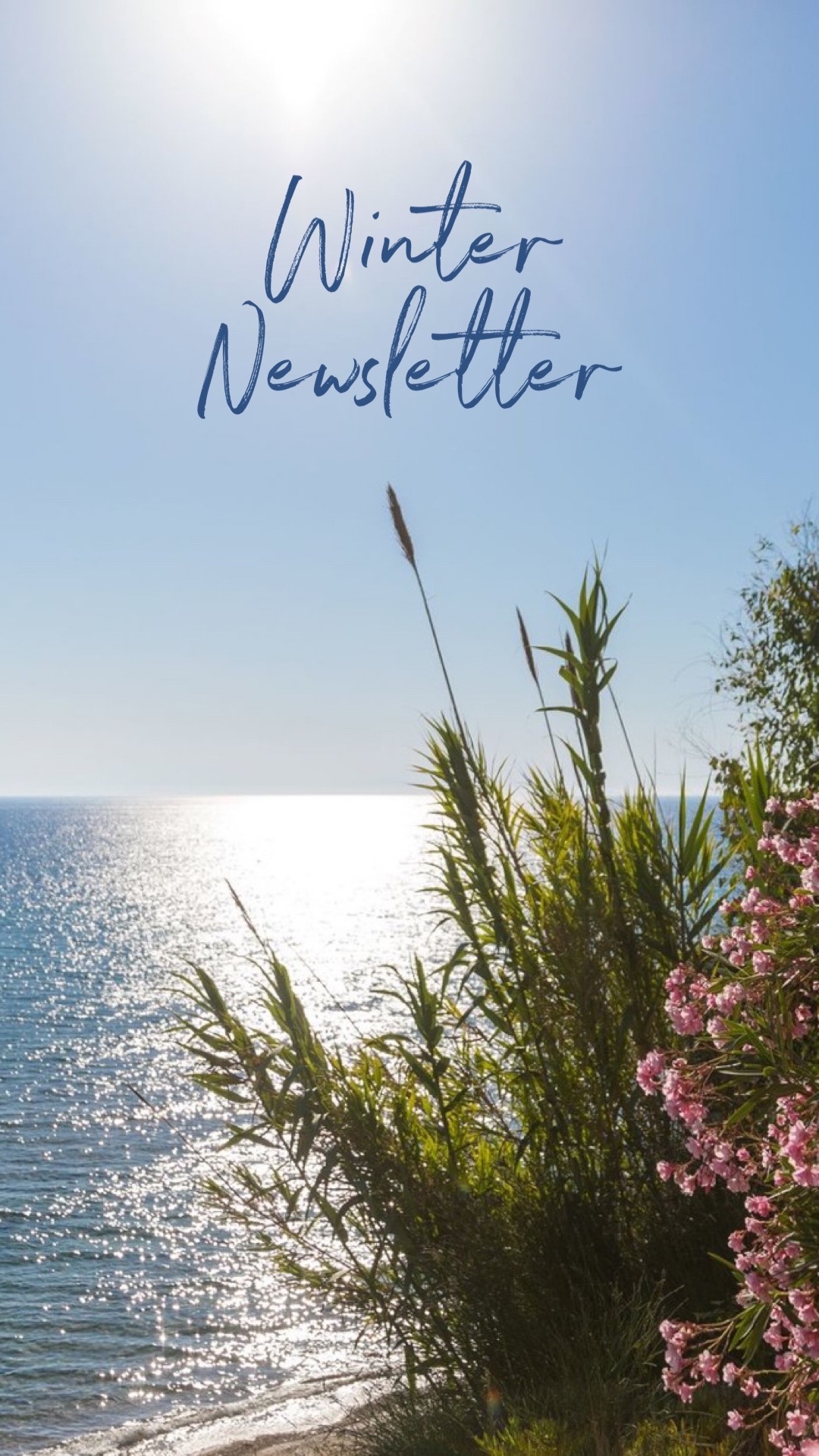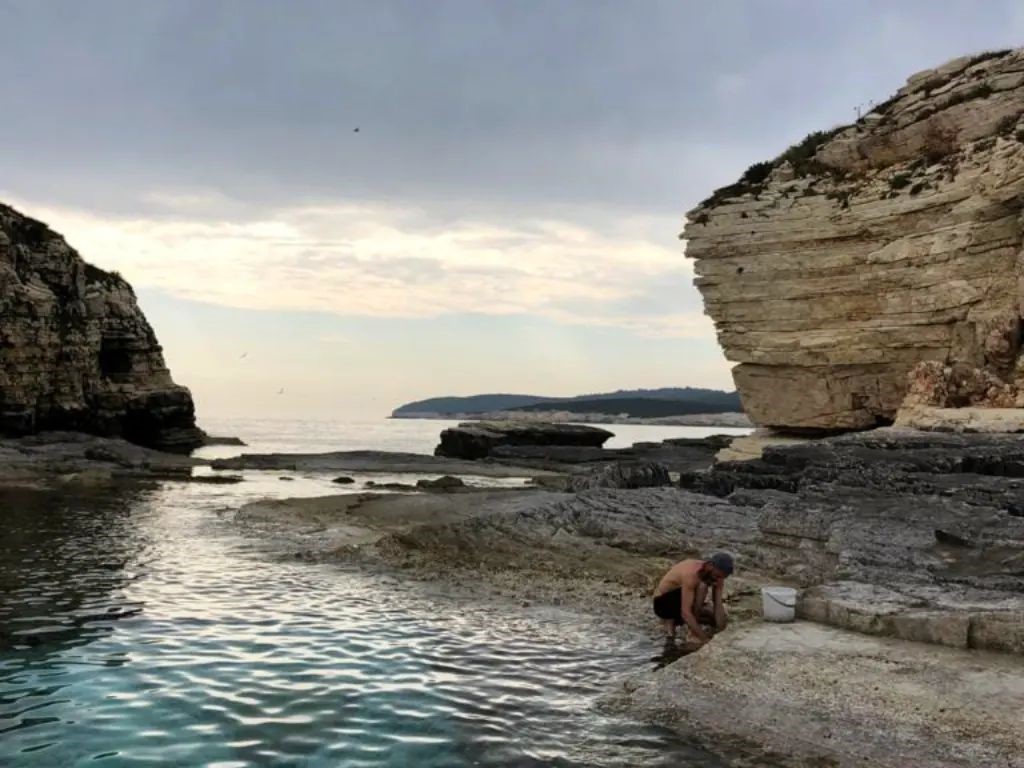Another year has flown by and once again winter is upon us. Hopefully, we can revive some sunny Ionian memories. IV Team news: Alex competed in the Rout Classic 100 Miler in Greece. This is a prestigious and tough adventure footrace for experienced runners who compete over 100 miles. The course is set along abandoned…
Tag: Paxos villas
Eliot Villa
In 1962 Eliot Watrous happened upon the little island of Paxos. He returned two years later and bought a small plot of land, just outside the capital village of Gaios, and a local team of builders constructed a small, simple house above the sea – based upon a design drawn on the back of a…
Visiting Paxos in October
You might feel hesitant about an Ionian holiday in October. Will the weather be ok? Will sufficient ferries be operating? Will tavernas and shops be open? A few of us from the office travel to the Ionian in October in order to see property owners, take new photos, find out what changes are planned for…
What’s all this about cracking red eggs for Greek Easter?
(A glimpse into the traditional festivities of a Greek Orthodox Easter) Over 90% of Greeks identify with the Greek Orthodox Christian faith. Their church has played a strong part in their history and religious traditions are important to them. One of the most celebrated events of the calendar is the Orthodox Easter and this year…
Ionian Escapes May Half Term 2023
Have you thought about switching your July and August Summer holiday for a Spring holiday? We like to visit the Ionian every May with our family and here’s why we think it is the perfect time to visit…. If this appeals to you, we still have some fantastic properties available this May half term… Paxos:…
Ionian Environment Foundation – a piece from Victoria Turner
My name is Victoria Turner and I have a home and family on Paxos. As such I care deeply about the people and the environment of this island, and their relationship with each other. I have seen that, despite the spectacular environmental beauty and warmth of the communities here, the island faces many challenges. From…
Yoga in the Ionian
The Ionian Islands have the most wonderful, magnetic energy… warm air, blue skies, turquoise waters, hillsides full of olive and cypress trees, fresh seasonal locally grown food and the sun to nourish the soul. A perfect escape for wellness and yoga practice. If you are a yoga/pilates teacher looking to host a retreat we believe…
Our Winter Newsletter: All things new…
We hope that you have enjoyed a relaxed and “forget all the doom & gloom” Christmas and that you are looking forward to a positive new year. Difficult when there is so much uncertainty and grief in the world but important to face 2023 with a determined spirit. In the hope that thoughts of holidays…
Foraging on Antipaxos – From Guest Writer & Chef Andrew Hindley
Legend has it that Poseidon, lord of the seas, spotted the Sea Goddess Amphitrie dancing on the island of Naxos. He immediately fell in love – of course he did – and after chasing her to the ends of the world he broke off a little piece of paradise, dragging a fragment of Corfu south,…
Life & Food on Paxos – From Guest Writer & Chef Andrew Hindley
My name is Andrew and I am a self taught private chef, working and living on the small Greek island of Paxos. I first met Alex and Cat from the Ionian Villas team when I moved to Paxos in 2015. At the time they were residing full time on Paxos and now having left the island they…
